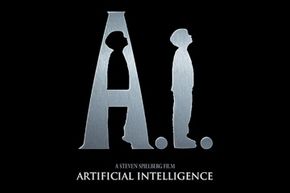April 2001. "A.I.: Artificial Intelligence," the long awaited movie project started by Stanley Kubrick and completed by Steven Spielberg, finally hit the theaters. For many, the film was a disappointment, but a few highly observant members of the audience who stayed to watch the credits roll noticed a strange listing among the best boys, the gaffers and lighting technicians. It read: Jeanine Salla, Sentient Machine Therapist. Clearly an odd little joke inserted for the fun of it. Or was it?
Soon after, somebody happened to notice something odd on the reverse sides of some of the movie's promotional posters. There were small letters, and some of them were circled in silver, others outlined in gold. Put together, the silver-circled letters spelled out the phrase, "Evan Chan was murdered." The ones in gold yield the sentence, "Jeanine is the key."
Advertisement
When people Googled Jeanine Salla, they stumbled across a series of highly detailed websites, which included Salla's biography, an organization promoting the humane treatment of robots and clues to the mystery of Evan Chan's death. Intrigued, those following the trail kept going even though it becomes increasingly clear that both Jeanine Salla and Evan Chan are invented characters and the trail of clues is all part of an elaborate ruse.
By the time it was all over, more than 7,000 people have joined the hunt for Evan Chan's killer, and alternate reality gaming had begun in earnest [source: Szulborski].
Advertisement







